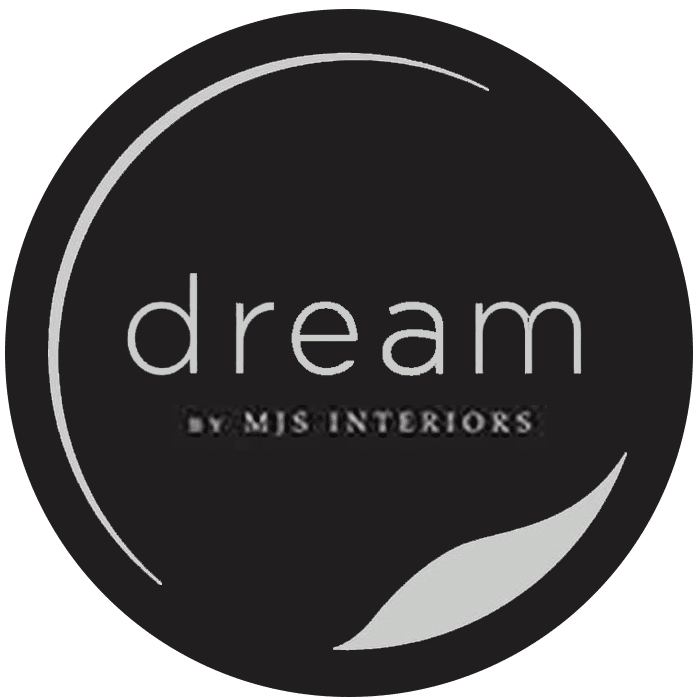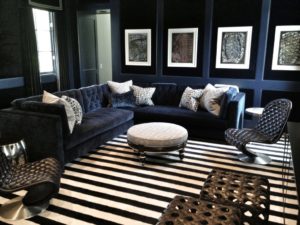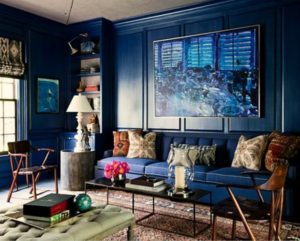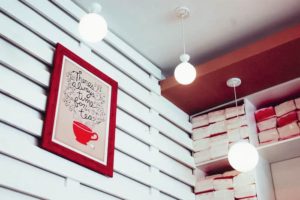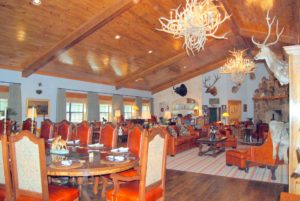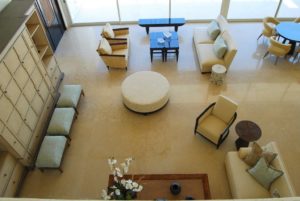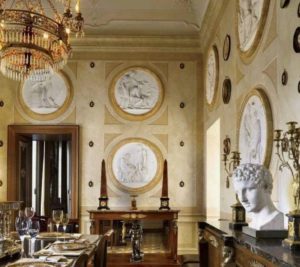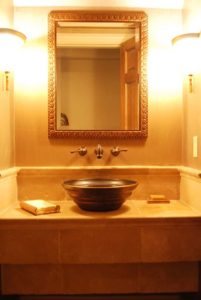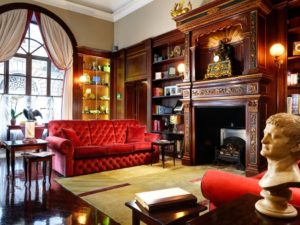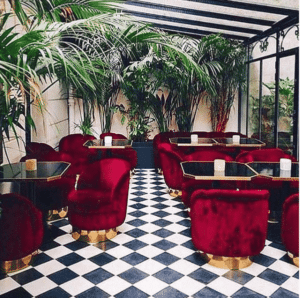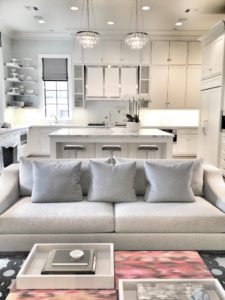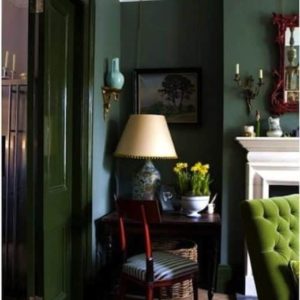Looking for a complete family room interior redesign or some interior design secrets for selling houses? At Dream By MJS Interiors we have completed projects for the Four Seasons Residential Tower in Austin, as well as other sophisticated projects, such as a complete interior redesign of a two-story penthouse in Houston and a project for a Texas state senator at Camp Logan in Houston.
Throughout our experience, our team of professional interior designers has picked up some secrets that can be applied to any interior design project, whether it’s decorating modern living rooms or 19th-century Mediterranean decor. But we believe that knowledge is most effective when shared.
Here are fifteen interior secrets that the professionals use that can be applied to your next interior design project!
Design for Comfort
When starting an interior redesign, comfort and purpose should be your primary objective. More specifically, comfort should be your primary purpose. You want your home, living room, and bedroom to be an area of zen and relaxation, utilizing soft, earthy tones and plush furniture that is inviting and roomy.
This is why most designers recommend choosing your color palette as the first step in an interior design project. This is because softer colors will promote greater relaxation in more intimate rooms and darker colors will promote greater urgency in home offices and kitchens. By establishing a comforting atmosphere through the color wheel, you can begin assembling furnishings and home decor that will build up a room’s sense of comfort and purpose.
Focus on Focal Points
Think of the focal point of the room as the foundation of a house. The focal point is the first thing that visitors will spot when entering a room. It could be a fireplace, a window, or a table that establishes the flow of the room. The focal point will dictate the positioning of the furniture and the arrangement of walkways and seating. Use furniture arrangements to bring more focus to the focal point of a room and establish a balance thereafter.
Don’t Leave Walls Bare
This tip isn’t as much of a secret as it is a necessity. Bare walls can make a room feel suffocating and simply unsophisticated. Wall mount lights, artwork, and mirrors can add significant depth to a room that may appear smaller than it actually is. Plus, wall fixtures add to the flow of a room, making rooms feel more inviting. Imagine walking into a bathroom without a mirror? Creepy!
Everyone Forgets About Ceilings
Ceilings are the most neglected area of any room, but they can significantly add value to your house and depth to your design. Glass ceilings can enrich rooms with natural light, mural ceilings can compliment decor arrangements, and gold-tinted ceilings can add an unparalleled level of luxury to any home. Many argue that walls or furnishings tie rooms together, but why not ceilings?
Use Bold Colors Strategically
As previously stated, softer shades can breathe serenity into any room and make it more inviting. But a red throw pillow or an imperial blue lamp can add a nice visual contrast. Don’t utilize bold colors too frequently, but use them as secondary focal points to tie the room together through color contrasts.
Utilize Color Accents and Contrasts
Color truly is everything when it comes to finishing a design:
- Complimentary colors can create illusions that make rooms appear bigger and bolder
- Accent colors can tie the room together by contrasting focal points on opposing walls or surrounding trim
- Monochromatic colors create a pleasant and inviting atmosphere.
Natural Lighting is Everything
What separates a studio apartment in a highrise from your stylish home living room is not the amount of furniture or the ceilings you have, but the availability of natural lights coming from your windows that make rooms appear bigger and more inviting. Sheer curtains allow for natural sunlight and are the perfect addition to a finished room.
Wallpaper Can Add Pop
Do you have a bare or ugly wall or ceiling patch you want to cover up? Well, some floral or monochromatic wallpaper can add pop to any room, as long as it fits within the general color scheme. Cheap, effective, and unnoticeable, wallpaper adds a fresh aesthetic to any room and can tie a room together if done well.
Rugs Are Inviting
Wood and laminate flooring often evoke mixed emotions, none of which are too inviting. A rug could quickly fix that by arranging them properly in walkways and living rooms to focalize furniture and other decor.
Furniture and Spacing
You may notice that interior designers never push furniture against a wall. All furniture is usually positioned at least a foot away from walls to actually make rooms appear larger and more inviting. It may sound strange, but arranging furniture with enough space from each other and any barriers can make rooms appear less suffocating and more inviting.
We Love Wall Lights
It’s true, wall lights can solve many of your existing interior design issues. Aside from covering up bare walls and accenting mirrors, they can add more light to rooms, giving it that added layer of zen. There’s nothing more uninviting than a dimly lit room.
Add Color to Trims
Window and wall trims are perhaps the most overlooked design aesthetic of any room…and ceilings! But there’s a great opportunity to add a splash of color to your lifeless wall trims to create some unique color contrasts and compliments that, again, tie a room together.
Consider the 50/150 Rule
This tip really applies to a fresh interior redesign or stripped walls. Essentially, you want to create a color contrast that is 50% lighter than the base with another color that is 150% darker than the base.
More Pillows!
Nothing is truly more inviting to a room than more throw pillows. They can add bold color contrasts and simply make a room feel more comfortable, literally!
Fixtures and Accessories Tie Everything Together
Finally, what truly ties a room together is furnishing and decor. From wall mounts to lamps and couches, choosing the right furniture will establish Feng-shui and influence how people interact and relax in your room.
Conclusion
For more design tips and tricks visit our interior design blog or contact us today!
